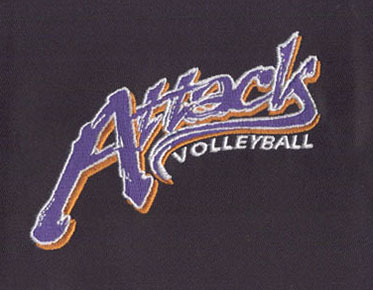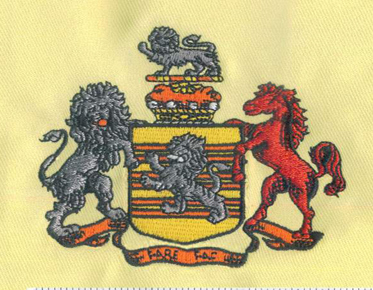Why Do I Need An Embroidery Digitizing Service?
Embroiderydigitizing is a recent addition in the embroidery industry. It would be helpful for anyone who wishes to explore potential designs and start creating unique things. Digitization makes it possible to create amazing embroidery and explore new possibilities.
What is embroidery digitizing?
It converts existing pieces into easily machine-readable embroidery files. Embroidery machines use embroidery digitization to create designs and perform various functions. Digital embroidery requires a deep understanding of the technical and physical properties of machine embroidery. This requires an in-depth understanding of different stitch types and orientations as well as certain stitching rules.
What are the basic steps of Embroidery digitizing?
Choose artwork and the correct fabric type
The desired artwork size should be
determined
Prepare artwork, then convert it to an
embroidery file
To program the machine to produce the
desired output,
Assign embroidery stitches to specific
areas as needed
To verify the functionality of the digital design, perform tests and make any necessary adjustments.
Choose the right fabric
When choosing a fabric for your embroidery project, you should consider the weight of the embroidery. The thread count of a fabric measures its ability to be easily threaded by a needle. Natural fabrics such as silk, cotton and linen allow for easy decorative stitching. Quilt's cotton is another option for digital embroidery. It is very lightweight and available in a variety of colors. The density of embroidery will directly affect the choice of fabric. You must choose a fabric that is sturdy enough to support the embroidered design.
Choose the correct thread type
Machine embroidery can be done with a variety of threads, from basic cotton to more complex threads such as metal and mylar. The look and feel of the final product will depend on the embroidery thread you use. Their thread count and weight determine thread compatibility with the fabric. Thinner threads are suitable for delicate fabrics, while thicker threads are best for upholstery and heavy-duty materials. You should also check if the thread type is compatible with your computer. Rayon threads are known for their high-quality reflective luster and ease of use. They are durable and versatile. Polyester threads are also popular because they are similar to rayon threads but have a lower sheen. Although fragile, cotton thread is an excellent choice for delicate, lightweight embroidery stitching. Silk and wool threads can be used for heavy duty fabrics, while wool threads can be used for luxurious fabrics. You can also consider mylar and metal thread for unique embroidery digitization. Threads used in embroidery can make or break your designs.
Understanding
Needles used for machine embroidery are different from general purpose needles. Needle is the intermediary between thread and fabric to create amazing embroidery. You have to choose the right one for your job. Before buying a needle, consider the fabric type, thread, stabilizer, and gauge of your embroidery machine. All of these items need to work together to make this work. Before buying needles, you should read the instructions for your embroidery machine. Different brands require different shapes of shanks.
Convert files to embroidery
Your image must be converted into an understandable format that can be processed by an embroidery machine to digitize it. This is a file that contains instructions for stitching a specific embroidery design. It is a digitized version of the design file and contains different parameters such as stitch length, density and underlay settings.
The most common forms of embroidery machines include ART, DST and EXP. FMC, CND. HUS, JEF. SEW. PES, PCS. PCD. VIP.
It is difficult to convert image files to embroidery file format. Since the process is not fully automated, the software often requires the help of a digitizer. To create professional-quality digitized files, you will need to hire an embroidery digitizer from the United States. Computerized embroidery has been a hot topic lately, which has led to many innovations. Due to continuous upgrades, you may see different versions of the same computer format. For example, there are nearly 10 versions of PES files. Newer computers can read and use older versions, but you may need to upgrade the file or use a different format in the appropriate version.
Help online computerized electronic tools
Tools only produce output mechanically, and that output is limited to the input level. If you are completely ignorant, these tools will let you down. Brisbane embroidery requires a skilled digitizer with the correct subject knowledge and experience. It is highly recommended that you find a trusted online embroidery service provider to get the most out of your thread work.
Why should we outsource embroidery digitizing?
While hiring an economic digitizer may seem like a good option, you must validate his/her skills and their ability to learn and adapt to new technologies.
Instead, outsourcing an embroidery digitizing project will provide you with a team of highly skilled professionals equipped with the latest machines and the latest technological advancements. They are responsible for meeting deadlines and providing support when needed. By outsourcing your embroidery digitizing project to a service provider, you can save time and get high-quality embroidery.
Eagle Digitizing is your one-stop shop for
professional embroidery digitizing. We'll help you design, create and finish
your embroidery business - no matter where it starts or ends.


